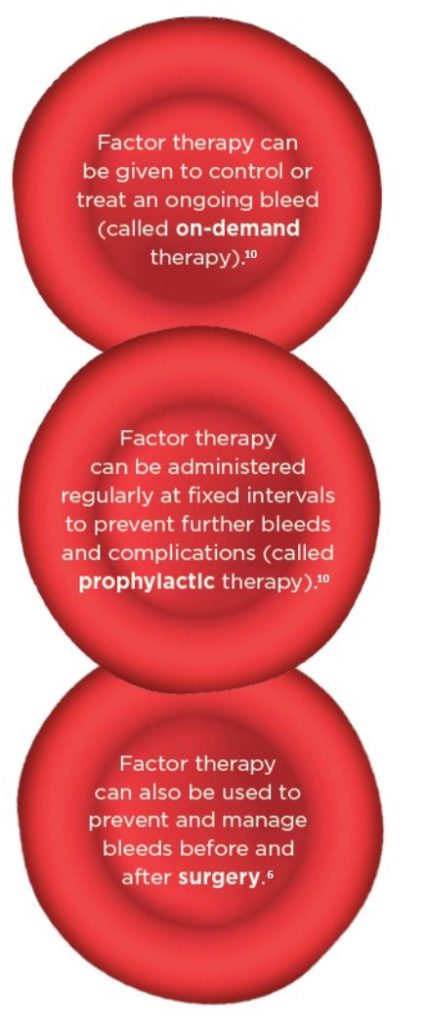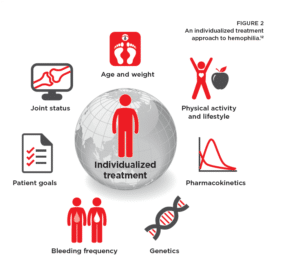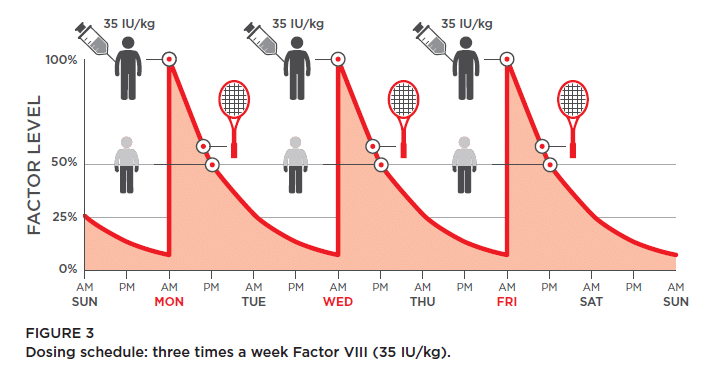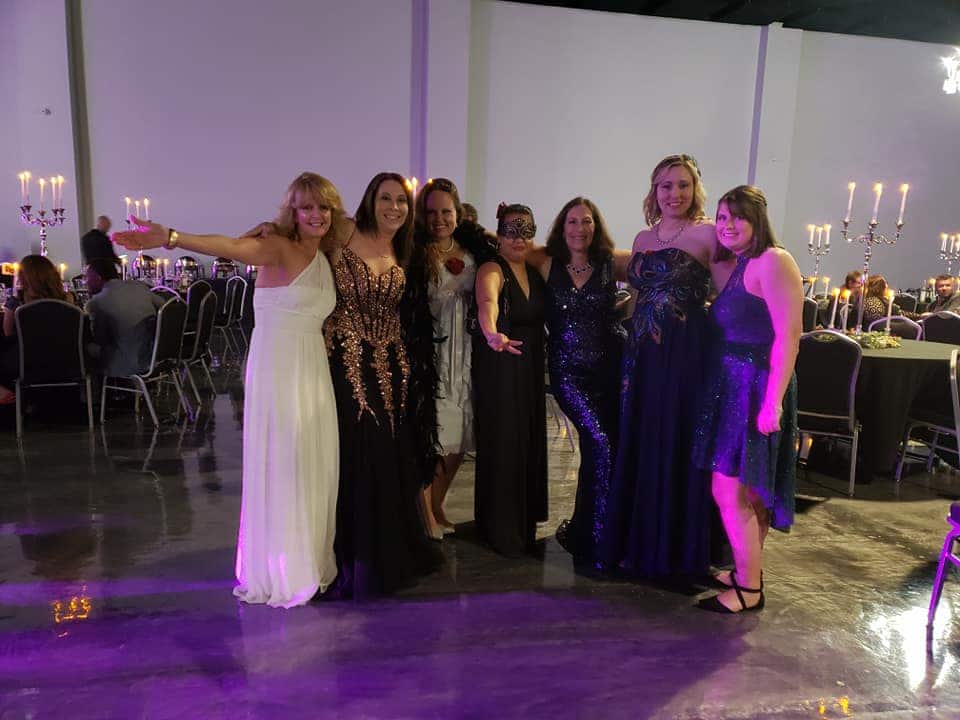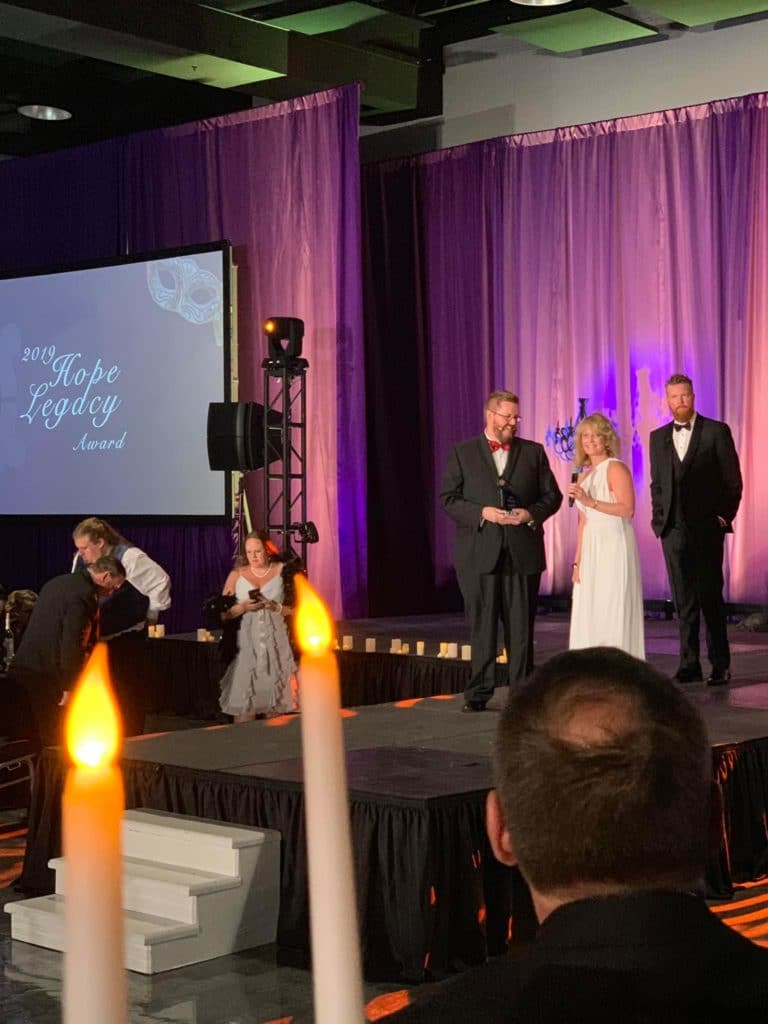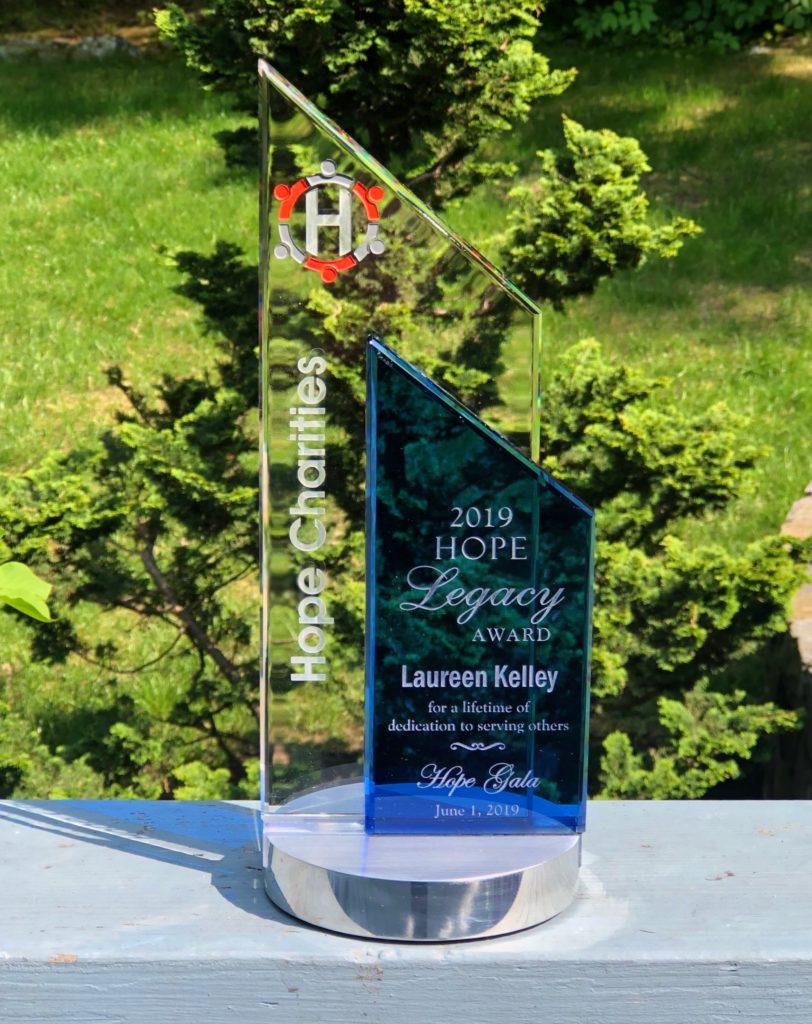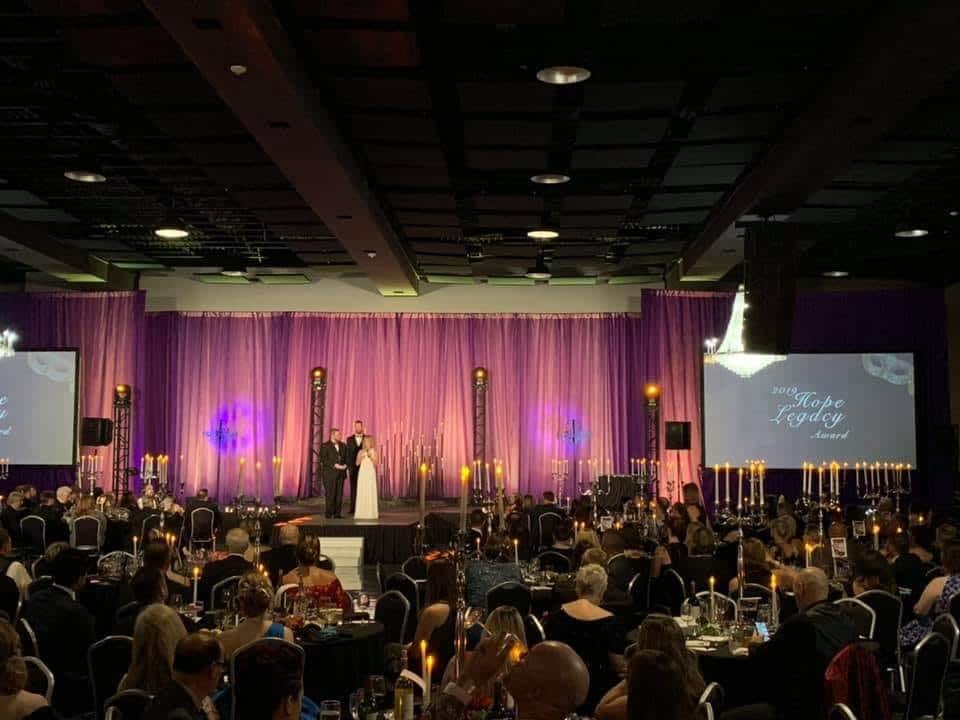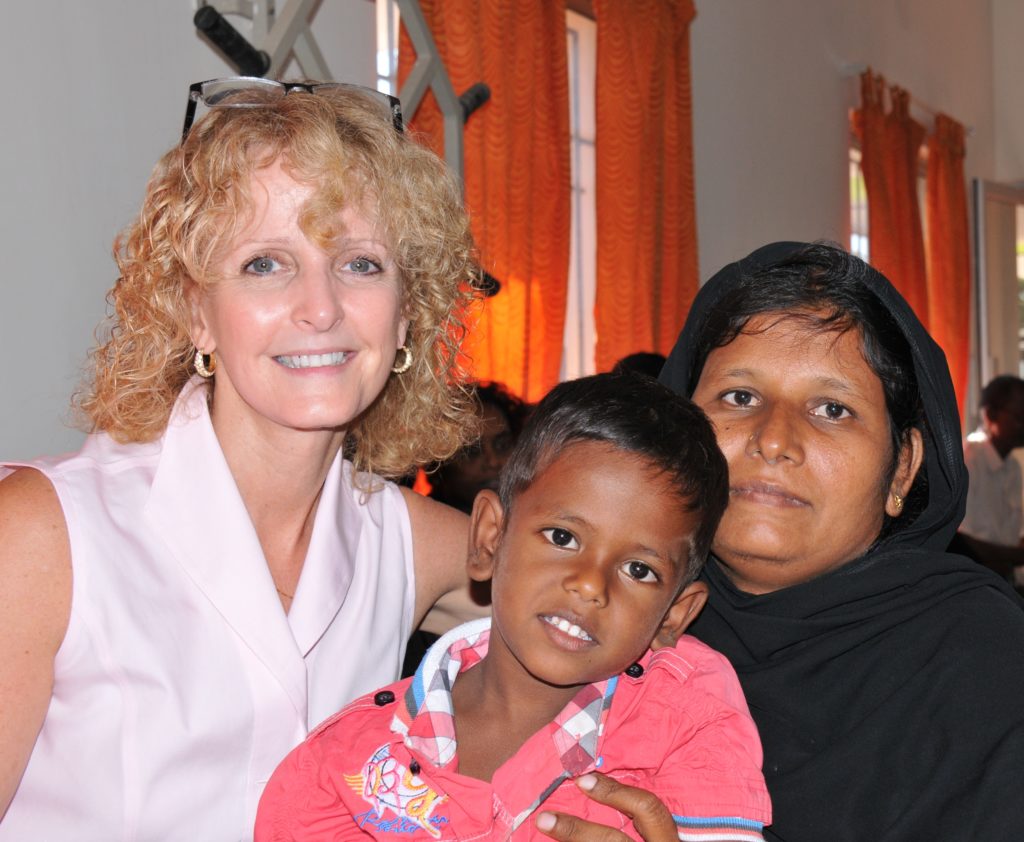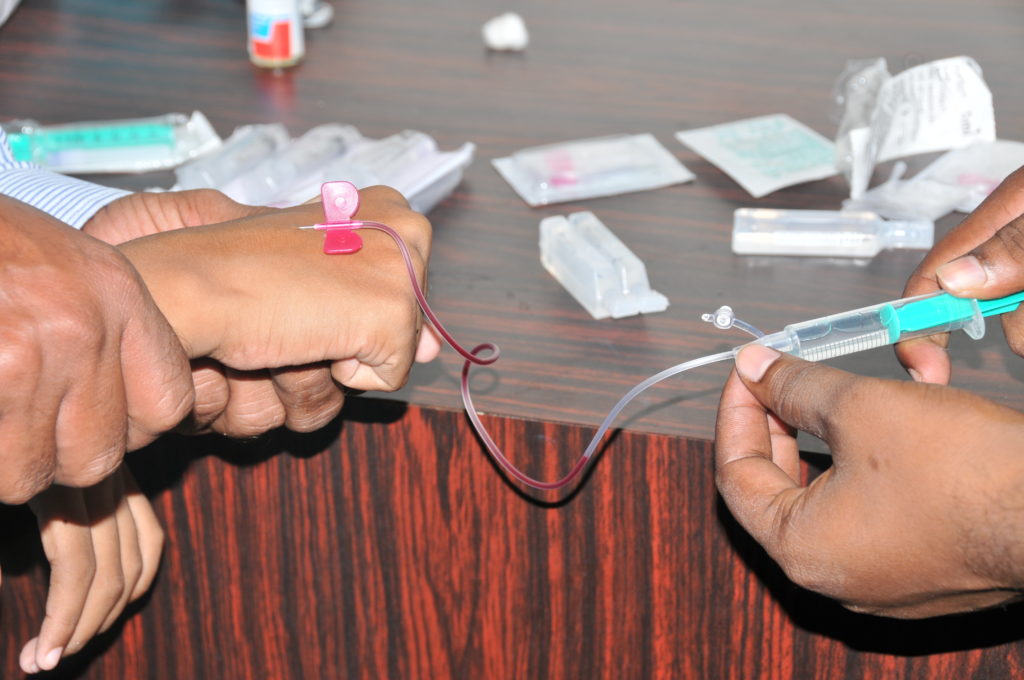Give a Pint!
I love reading about medical history, and naturally blood is a fascinating topic. Rose George’s book Nine Pints: A Journey Through the Money, Medicine, and Mysteries of Blood is snappy and witty, and full of facts. I loved all the statistics, interwoven with real life stories of individuals. I appreciate the focus on the suffering and plight of those with hemophilia, who contracted HIV and hepatitis C. I know some of the people she quoted. George has highlighted some very important and crucial concerns: plasma donation practices, cultural differences regarding blood. A chapter on leeches– so interesting! As I am involved internationally in helping patients in developing countries gain access to clotting factor, I was very interested in the global situations she presented, especially India and Nepal, two countries I have been to many times. Here are some highlights from the book, which I strongly recommend reading:
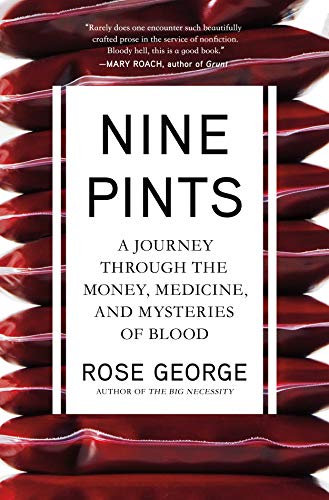
• Every three seconds, somewhere in the world, a person receives a stranger’s blood. Globally, 13,282 centers in 176 countries collect 110 million donations.
• The mythical Gorgon Medusa, with her head of snakes, showed the two-faced nature of blood best: the veins on her left side contained blood that was lethal, while the right side gave life. Transfusions can be two-faced, too. The right type of blood can save your life; the wrong one can kill you.
• The bone marrow produces two million red blood cells every second. Daily, the blood’s thirty trillion red cells do a full circuit of the body, traveling about twelve thousand miles.
• Forty percent of Caucasians have type A blood, but only 27 percent of Asians. 19 The fact that O-type people are more susceptible to cholera was first noticed in 1977.
• Cold War Americans thought blood type so important that they tattooed it onto adults and children.
• A nation-state needs 1 to 3 percent of its population to give blood to maintain an adequate blood supply, 36 the higher the better.
• In Luxembourg only 14 percent of people give blood; over the border in France, it’s 44 percent.
• A leech bite will usually feel like a vague sensation, not a nip or scratch. Once their teeth are engaged, they emit the best anticoagulants known to exist, so that their blood meal keeps flowing long after they have stopped feeding, often for up to ten hours. The leech is in many ways a simple animal, but its anesthetic and anticoagulant have yet to be bettered by science.
• In 1985, a three-year-old boy from Massachusetts had his ear bitten off by the family dog. He was taken to Boston’s Children’s Hospital, where his surgeons proceeded as they usually did with amputated ears. But the blood couldn’t circulate well in the tight ear area. Leeches were flown in and attached to the area. They drew blood away from the wound and kept the circulation to the newly attached ear.
• The first barber-surgeon on the registry of the Worshipful Company of Barbers was recorded in 1312. The bleeding barber is the reason modern barbers display red and white striped poles: the pole was a stick for the patient to grip; the white stripes were the bandages, the red stripes the blood.
More to come next time!!

